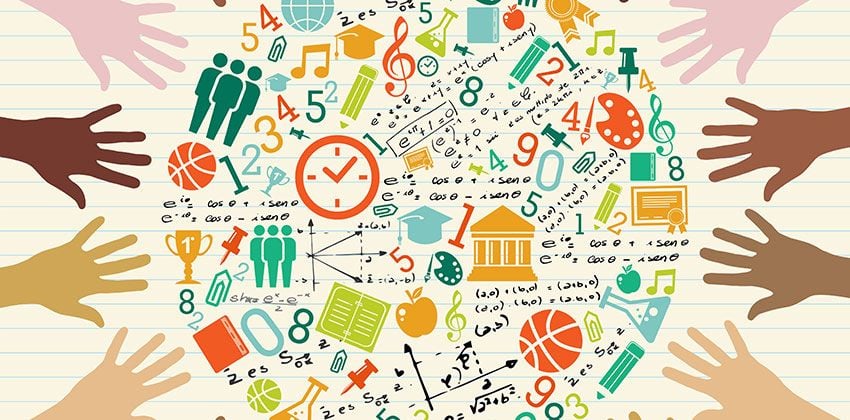Share Content
Article Link Copied
Education on the Move

New UNESCO Global report shows progress in primary and secondary education. Completion rates in 2013–2017, which can serve as a baseline for the SDG
period, were 85% for primary, 73% for lower secondary and 49% for upper secondary education. This report proposes a new method to synthesize completion
rate estimates from multiple sources. Progress has been made towards defining minimum proficiency in reading and mathematics. Regardless of the form this
definition takes, results from selected middle income countries taking part in the Progress in International Reading Literacy Study in 2001–2016 show that progress will be slow. While the percentage of grade 4 students who met the low benchmark in 2015 varied from 22% in South Africa to 86% in Georgia, the average progress has been about one percentage point per year.
Early childhood investments are important
In 2017, about 70% of children participated in organized learning one year before the official primary school entry age. While consensus on
a common measure of early childhood development may prove hard to reach, it is important for countries to invest in strong national systems for monitoring
cognitive, linguistic, physical and social-emotional development.
UNESCO’s 2019 Global Education Monitoring Report, Migration, displacement and education, is released in the presence of the Director-General of UNESCO, Audrey Azoulay today in Berlin. The report shows that the number of migrant and refugee school-age children around the world today has grown by 26% since 2000 and could fill half a million classrooms. The Report highlights countries’ achievements and shortcomings in ensuring the right of migrant and refugee children to benefit from quality education, a right that serves the interests of both learners and the communities they live in.